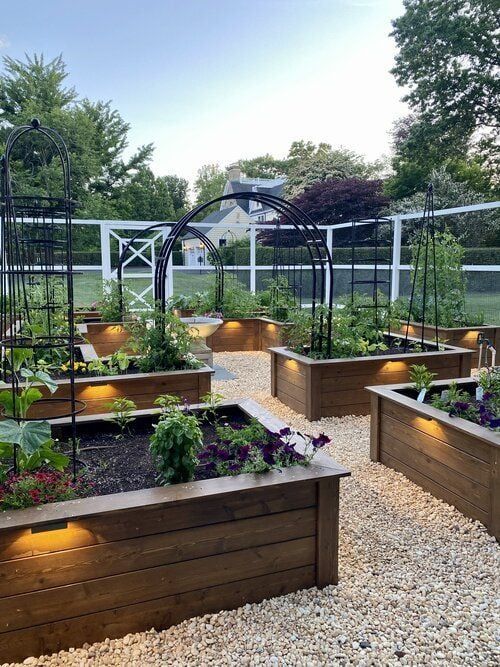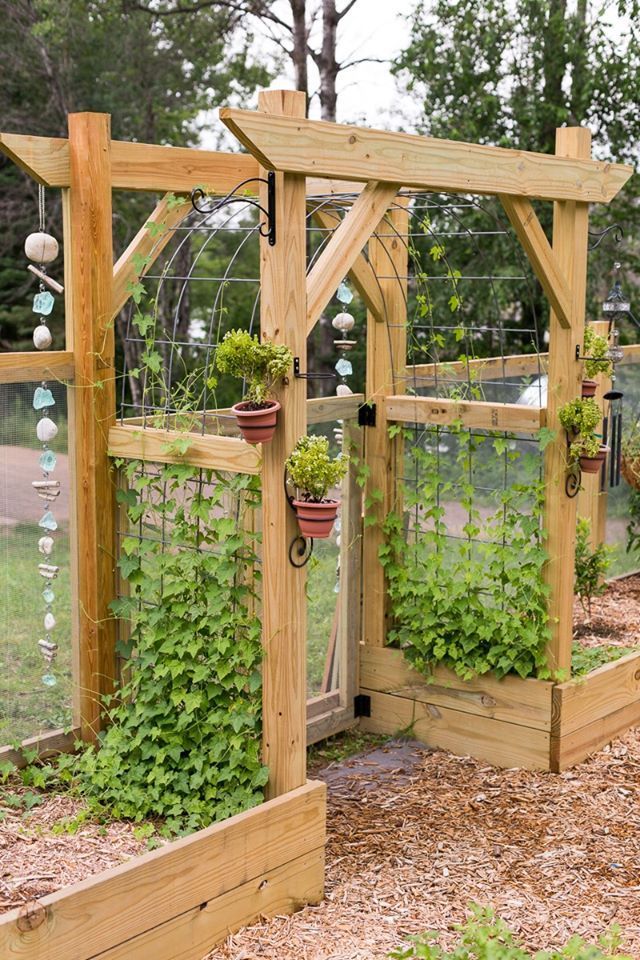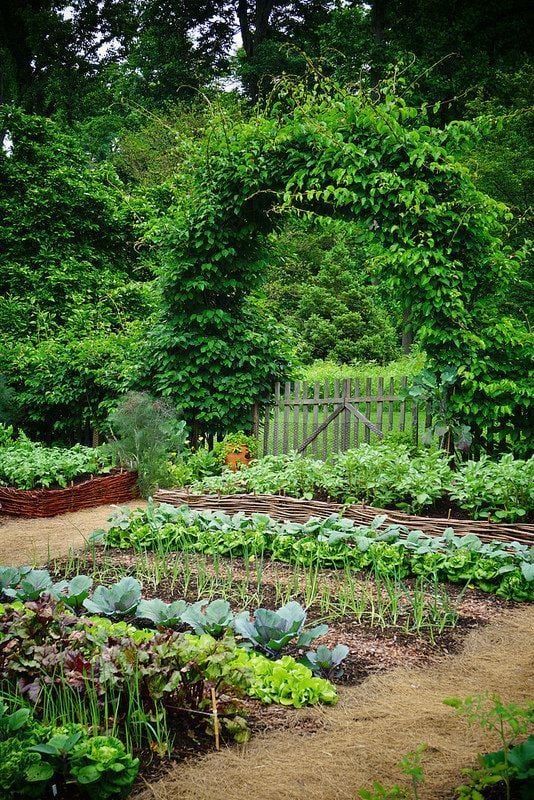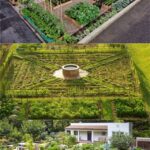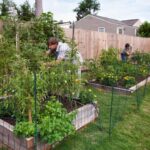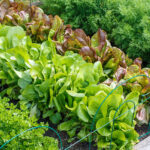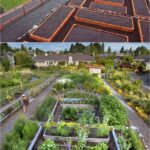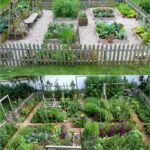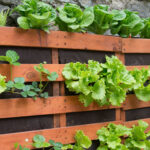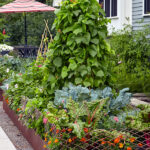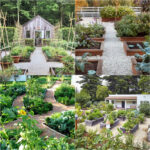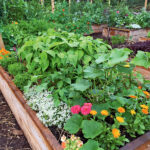When planning a vegetable garden, the layout is an important aspect to consider. A well-designed layout can help maximize space, promote efficient gardening practices, and create an aesthetically pleasing garden. There are several factors to keep in mind when designing a vegetable garden layout, such as the size and shape of the garden, the types of vegetables you want to grow, and the amount of sunlight the garden receives.
One popular layout for a vegetable garden is the traditional row garden design. In this layout, vegetables are planted in long, straight rows with pathways in between for easy access. This design is easy to maintain and allows for efficient planting and harvesting. However, it can be less visually appealing and may not make the most of the available space.
Another layout option is the raised bed garden design. Raised beds are elevated planting areas that can be constructed from wood, stone, or other materials. This layout is ideal for small or irregularly shaped spaces and can help improve soil drainage and prevent soil compaction. Raised beds also make it easier to control weeds and pests, and can be a great option for gardeners with limited mobility.
For a more artistic and visually appealing garden layout, consider a potager garden design. Potagers are French-style kitchen gardens that combine vegetables, herbs, flowers, and fruit trees in a harmonious and organized layout. This design is not only beautiful, but also practical, as it can help attract beneficial insects and pollinators to the garden.
If you have limited space or want to grow vegetables in containers, a vertical garden layout may be the best option. Vertical gardening involves growing plants upwards on a trellis, wall, or other vertical structure. This design can help maximize space, provide better air circulation and sunlight exposure, and create a unique and eye-catching garden.
Ultimately, the best vegetable garden layout will depend on your specific needs, preferences, and garden space. It’s important to consider factors such as sunlight, soil quality, water availability, and the types of vegetables you want to grow when designing your garden layout. By carefully planning and designing your vegetable garden layout, you can create a productive, beautiful, and sustainable garden that will provide you with fresh, nutritious produce for years to come.
